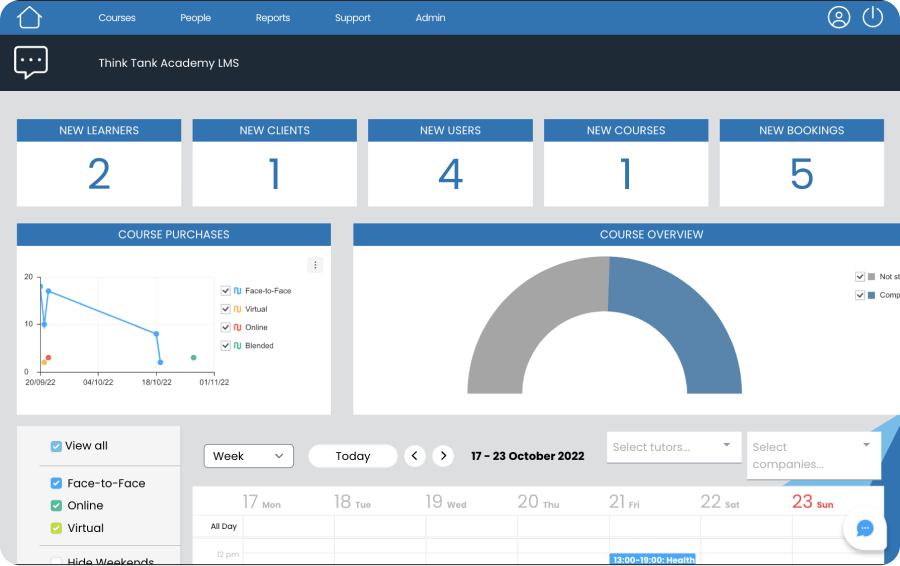Optimizing Internal Links
Internal connections are frequently relatively straightforward for eCommerce sites, because the navigation creates a large number of natural internal links. However, rather of depending exclusively on automatically generated connections, you may and should be smart with your internal links.
The goal of link building is to transfer authority (and traffic) from one page to another. As a result, your internal linking strategy should prioritise the use of high-ranking, high-trafficked items to boost high-priority or underperforming products and category pages. How can you use the trust that a well-known product has established to acquire more eyes and conversions on other products?
Consider the possibility for product page SEO offered in each page’s “Suggested Products” section. Rather of consistently recommending the same set of ten top-performing goods, propose seasonal or new products that your sales team would want to promote. Also, be certain that the connected products are indeed related. If your company sells a variety of products, make sure there is a logical or thematic relationship between the current product page and the one you’re connecting to.
How to Get External Links to Your eCommerce Website
Google and other search engines assess and rank your web pages in their results using complicated algorithms. Top SEOs have long recognised that external links, or backlinks, are possibly the most crucial aspect in your success, even if they aren’t totally upfront with their ranking elements.
“Search engines have frequently sent the idea that what people think about you is more significant than what you say about yourself.”
Building external links to product pages is notoriously tough. Product backlinks are frequently obtained via review blogs, top product stories from sources, or other listicles that evaluate their own link choices. To learn about these things you can enroll in an digital marketing course in various locations like Digital Marketing course in Pune, Digital Marketing course in Thane or Digital Marketing course in Navi Mumbai. You already have a strong possibility of obtaining these backlinks if your product is of excellent quality and your eCommerce SEO approach is well-rounded. Rather than teaching you how to do cold outreach for new backlinks, we’d like to assist you learn how to assess the quality of your present external connections.
What makes a backlink high quality?
- Source Domain Authority: As previously stated, links are used to transfer authority from one webpage to another. Your backlinks should originate from authoritative websites.
- Relevant Anchor Content: When you hyperlink text, such as in the free tool above, the text associated to the link is important. Google analyses the keywords in the anchor text to determine why and where the link leads. Anchor text such as “click here” is undesirable, but text containing vital keywords and related information is advantageous.
- Specific Landing Page: While hyperlinks to a website’s homepage are still somewhat valuable, they complicate the client journey. The best links bring visitors to a certain category or product page.
- Do Follow: When building links, a bit of code is inserted that instructs search engines whether or not the link should be counted as an endorsement from the originating site.
Focus your efforts on backlinks that originate from a high authority domain but lack the other three qualities to increase your backlink quality and acquire even more qualified traffic from them. For example, you may target any backlinks from high authority sites with terrible anchor text, such as “click here” or “purchase now,” and contact out to recommend an adjustment.
This is a time-consuming procedure that requires professional SEO tools to get started, but with external links being one of Google’s most essential ranking criteria, it may be worth your time and effort.






